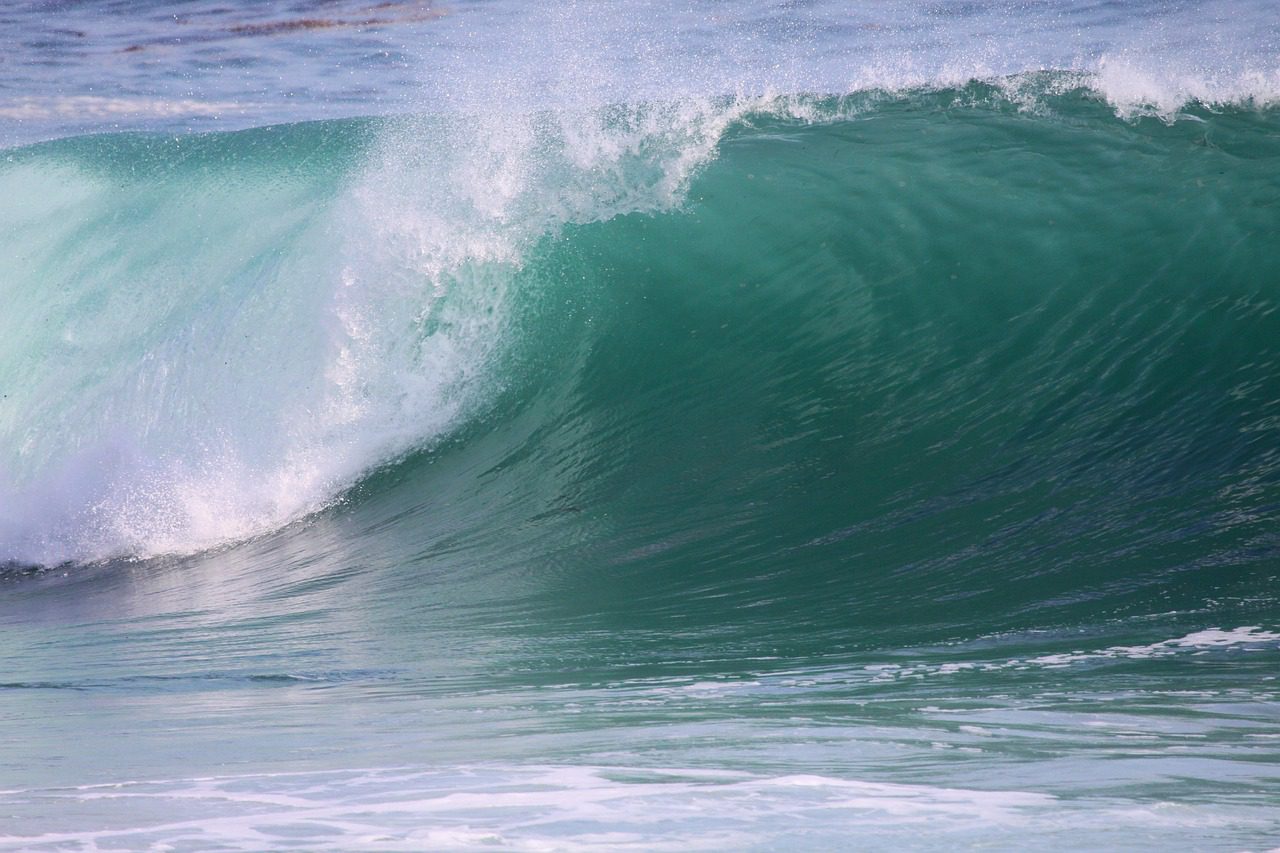Organization shares 2013 results showing Los Peñasquitos, San Diego watersheds taking top honors as good and Tijuana ranking lowest as poor
SAN DIEGO, January 24, 2014 –– Make it understandable. That’s the goal of San Diego Coastkeeper‘s recently launched online water quality database, complete with water quality scores. Updated monthly with data collected from nine of San Diego’s 11 watersheds, the new data portal provides access to raw data but also displays a water quality index score for each sampling location to help residents understand what’s happening in their local waters.
“We designed Coastkeeper’s water quality website for everyday people who want a dashboard of water quality in San Diego County,” said Program Director Travis Pritchard. “Everyone can easily understand our five-color visual scoring system, but we also integrated a download mechanism to ensure easy access for the technical agencies who rely on our raw data.”
Since 2000, Coastkeeper has monthly sent teams of trained volunteers to locations throughout San Diego, who gather inland water samples that the organization tests in its lab in Point Loma. Following the highest quality standards possible, Coastkeeper analyzes the samples for basic chemistry, nutrients, bacteria and toxicity. According to Pritchard, this effort supplements data gathered by governmental agencies and helps determine the general health of and possible solutions to improve San Diego’s waters.
Coastkeeper’s new database features a map of San Diego County with color-coded water quality index scores based on the data collected each month. The score examines how many of the analyzed elements are above regulatory limits, and by how much. The scoring process gets it a mark from 0-100, using a modified version of the official Canadian Water Quality Index. The Canadian Council of Ministers of the Environment established its index and the Global Environmental Monitoring System/United Nations Environment Program adopted it in 2007 for evaluating global water quality.
“The map shows the most recent sample data for each site and, by clicking on each location, you can view a full year of data,” said Pritchard. “The portal also has a graph view that lets you more thoroughly explore the data and see overall trends throughout the year.”
Using the water quality index score featured in the new database, Coastkeeper also released results from its 2013 water quality monitoring. By combining all data collected in each watershed, the nine watersheds scored as:
- Los Peñasquitos –Average Score 81, Good
- San Diego –Average Score 81, Good
- San Luis Rey –Average Score 79, Fair
- San Dieguito –Average Score 72, Fair
- Carlsbad –Average Score 64, Marginal
- Sweetwater –Average Score 64, Marginal
- Pueblo –Average Score 59, Marginal
- Otay –Average Score 49, Marginal
- Tijuana –Average Score 14, Poor
Coastkeeper, which protects and restores fishable, swimmable and drinkable waters in San Diego County, trained 97 volunteers in its water quality monitoring program in 2013. More than 500 volunteers sampled inland water quality 362 times. The number of measurements that exceeded regulatory safe limits grew slightly from 2012, with enterococcus, which indicates human health risk, being the constituent most often exceeding those limits. Coastkeeper’s work aims to reduce or eliminate the pollution that causes that risk.
To visit the new water quality database, volunteer in the program or sponsor Coastkeeper’s work, please visit the organization online at localhost/sdcoastkeeper.
###
About San Diego Coastkeeper:
Founded in 1995, San Diego Coastkeeper protects and restores fishable, swimmable and drinkable water in San Diego County. Visit online at https://www.sdcoastkeeper.org













